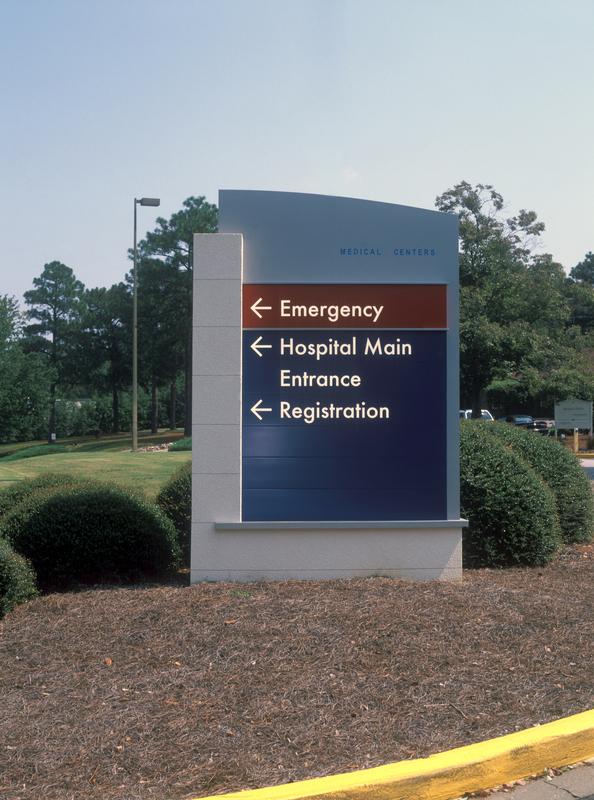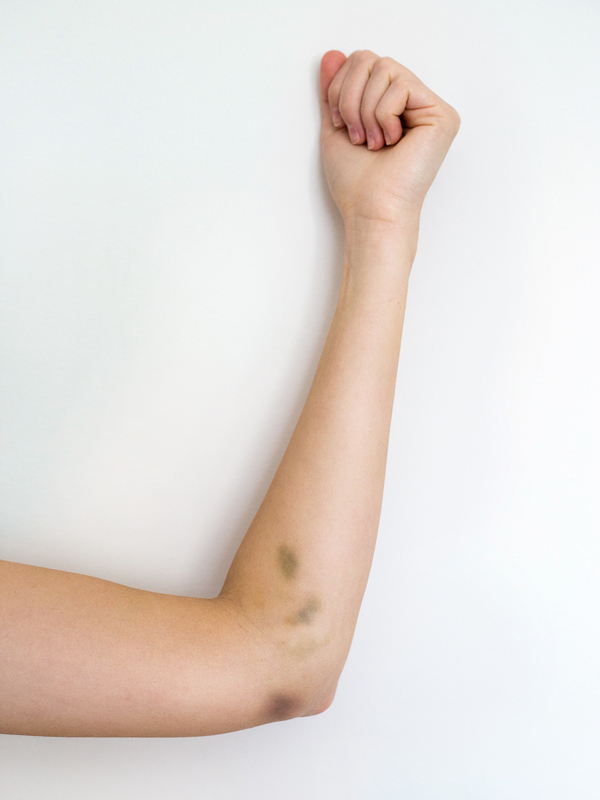Despite being an essential part of modern healthcare, people sometimes misunderstand phlebotomy due to a range of misconceptions and myths that are circulating. One of the most common myths is that drawing blood is an excruciatingly painful experience. While it’s true that phlebotomy involves a needle, many patients actually report that the discomfort is minimal, and the process is over before they know it. Another misconception is that phlebotomists are not trained professionals. In reality, phlebotomist training ensures that these healthcare professionals are skilled in minimizing discomfort and providing efficient services to patients.
The reality is that phlebotomists undergo rigorous training and certification before they can enter the field. Finally, a common myth is that phlebotomy is only necessary in certain medical situations. In truth, blood draws are an essential component of many medical procedures and can provide valuable information about a patient’s condition. By understanding the truth and dispelling these myths, patients can approach phlebotomy with ease and confidence.
Myth: Phlebotomists are Nurses
Did you know that being a phlebotomist does not necessarily make you a nurse? While there are nurses who have been trained in phlebotomy and may be able to draw blood as part of their job, not all phlebotomists have completed a nursing degree. Phlebotomy is a specialized field that requires its own certifications and training programs, separate from nursing programs.
This means that individuals can become phlebotomists without going to nursing school and vice versa. So, the next time you need blood drawn, don’t assume that the person holding the needle is a nurse – they could be a skilled and trained phlebotomist.

OUR MISSION

Myth: Phlebotomy is Extremely Painful
For many people, the thought of getting their blood drawn is enough to make them cringe. It’s not uncommon to hear stories of painful experiences with phlebotomy. But fear not – a skilled phlebotomist can make all the difference. Proper technique and a gentle approach can minimize discomfort and make the experience relatively pain-free.
Of course, some level of discomfort is inevitable, but it’s often less than what people expect. Don’t let the fear of pain prevent you from necessary medical tests. Trust in the expertise of your phlebotomist and rest easy knowing that they’ll do everything they can to make the experience as comfortable as possible.
Myth: Phlebotomists Only Work in Hospitals
There’s a widespread misconception that a phlebotomist’s work environment is limited to hospitals. But the truth is, you can find phlebotomists in a variety of healthcare settings, ranging from clinics to diagnostic laboratories. And what’s more, phlebotomists are a critical part of these environments. They’re responsible for drawing blood from patients, ensuring that the collected samples are correctly labeled and stored, and safeguarding that the process is conducted with the utmost medical and ethical standards.
RELATED: Reasons To Become A Phlebotomist
So the next time you’re getting blood work done, know that the phlebotomist who’s attending to you might not necessarily be working at a hospital – they could very well be working in a different setting altogether.


Myth: Phlebotomy is Easy, and Anyone Can Do It
Phlebotomy may seem easy at first glance, but mastering the skill requires a great deal of knowledge and expertise. It’s not just about drawing blood but also understanding the human anatomy and the science behind the process. Effective communication skills are also crucial in dealing with patients and making them feel comfortable during the procedure.
Moreover, phlebotomists must be able to remain calm and professional in any situation, whether it’s dealing with fainting patients or working under stressful conditions. With the right training and dedication, anyone can become a proficient phlebotomist, but it takes more than just following a simple procedure.
Myth: All Phlebotomists Use Large Needles
Phlebotomists are a vital part of the medical field, responsible for drawing blood and other important specimens from patients for diagnostic testing. While it’s true that they use needles to do so, the size of the needle is always carefully chosen based on the patient’s individual needs. In fact, phlebotomists often use the smallest needle possible in order to minimize any discomfort the patient may feel during the procedure.
So, while you may have heard that all phlebotomists use large needles, know that it’s just a misconception – these skilled professionals are all about making sure their patients are as comfortable as possible.


Myth: Phlebotomists Only Draw Blood
People often misconstrue phlebotomists as individuals who only, well, draw blood. However, their roles within the scope of patient care are much more extensive and critical than just that single task. A phlebotomist’s daily work includes interacting with patients, ensuring blood samples are labeled and stored correctly, and maintaining a clean and sterile environment.
All these responsibilities must be executed flawlessly to ensure the accuracy of a patient’s medical report. As essential members of healthcare teams, phlebotomists often work under pressure, yet their work is often unnoticed. Thus, their duties are worth highlighting. It is impressive how essential their role is in the medical field without being given the limelight it deserves.
Myth: All Blood Drawing Causes Bruising
Blood drawing is a common medical procedure that inevitably causes some discomfort. Unfortunately, bruising is an occasional side effect, which can be frustrating for patients and phlebotomists alike. However, it’s important to remember that bruising is not always the result of the phlebotomist’s technique. Although they aim to minimize the risk of bruising, other factors can contribute to this outcome.
For instance, some patients have deeply seated veins that are more difficult to access, while others are taking medications that make their blood vessels fragile. Additionally, some individuals naturally bruise easily and quickly, making them more prone to post-draw hematoma. While it’s never pleasant to see a bruised arm after blood work, it’s good to know that sometimes, it’s out of anyone’s control.


Myth: Phlebotomy is Becoming Obsolete Due to Technology
The medical field has come a long way since the days of relying solely on phlebotomists for accurate blood sample collections. However, this does not mean that phlebotomists are becoming obsolete due to technology. In fact, skilled phlebotomists are still just as essential as ever before. With so many advancements in medical technology, it’s easy to overlook the importance of proper blood sample collection.
That’s where phlebotomists come in. They not only ensure that samples are collected accurately, but they also play a crucial role in the diagnosis and treatment of patients. As such, phlebotomy is not becoming obsolete any time soon – it will continue to be an essential part of the medical field for years to come.
Phlebotomist Training: Debunking The Myths
The world of phlebotomy is a complex and intriguing one, filled with many misconceptions that are unfortunately perpetuated by those who don’t fully understand the profession. For those considering phlebotomist training, understanding these misconceptions is crucial to making an informed decision about whether this path is right for them.
Additionally, members of the general public also benefit from a clearer understanding of what phlebotomists do and how their work fits into the broader healthcare landscape. By dispelling common misconceptions and shedding light on the true nature of the profession, we can help ensure that our healthcare system is better equipped to meet the needs of everyone who depends on it.
